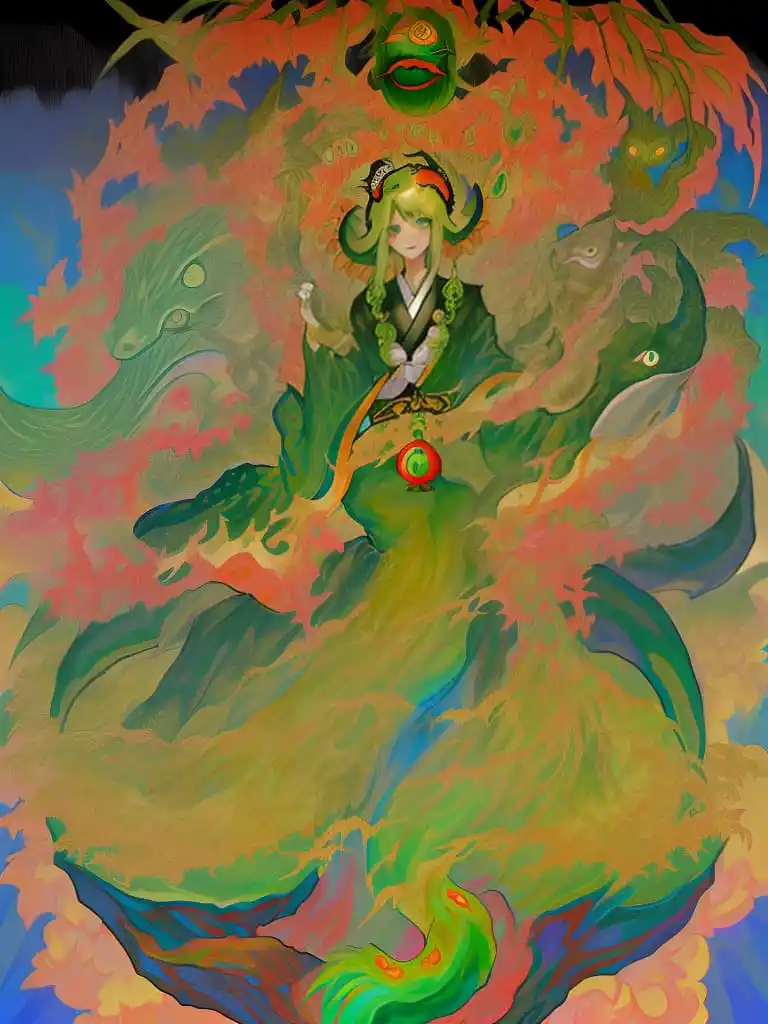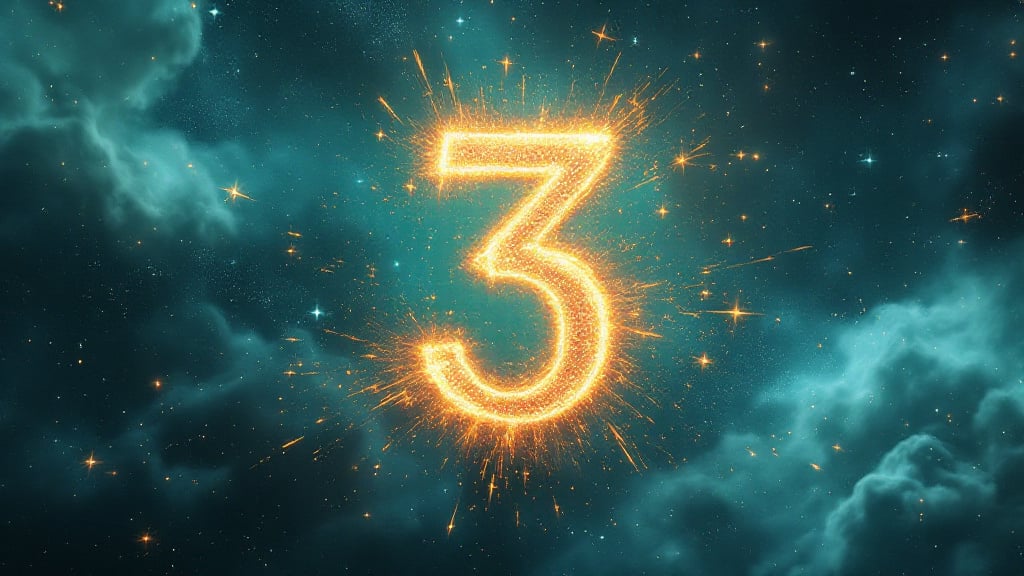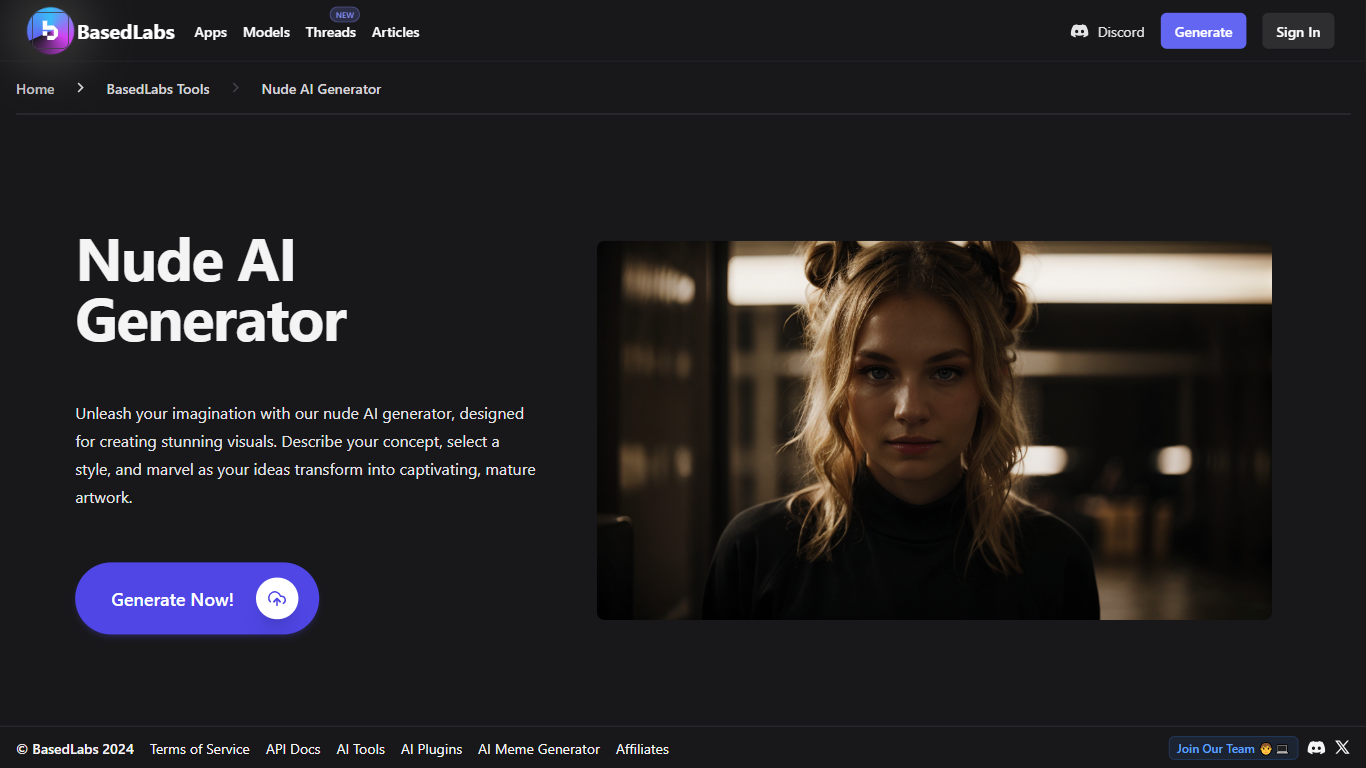Let’s cut to the chase here, folks. The world of artificial intelligence is evolving faster than you can say "neural networks," and one of the most talked-about advancements right now is the so-called "nude AI generator." Yeah, you heard me right. It's not just about chatbots or image recognition anymore—this tech is pushing boundaries in ways that some people are celebrating, while others are raising serious ethical eyebrows. So, what exactly is a nude AI generator, and why does it matter? Let’s dive in, because this conversation isn’t going anywhere anytime soon.
Now, I know what you're thinking. "Isn't this just another AI trend that'll fade away in a couple of months?" Well, not exactly. The technology behind these generators is actually quite impressive—if not a little unsettling. These AI systems use deep learning algorithms to create, edit, or even generate realistic images of people without their clothes. And while that might sound like something out of a sci-fi movie, it's very much real, and it's sparking debates all over the globe.
But here's the thing: this isn't just about the tech itself. It's about the implications, the ethics, and the potential misuse of such powerful tools. From privacy concerns to consent issues, the rise of nude AI generators is forcing us to rethink how we approach technology in our daily lives. So, buckle up, because this ride is going to get wild.
Read also:Camilla Araujo Only Fans
What Exactly is a Nude AI Generator?
Let’s break it down, shall we? A nude AI generator is essentially an AI-powered software that uses machine learning algorithms to generate or alter images of individuals, making them appear naked. Sounds pretty straightforward, right? But don’t be fooled—it’s far from simple. These systems rely on vast datasets of images to "learn" how human bodies look and behave, and then they apply that knowledge to create or manipulate new visuals.
Here's the kicker: these generators aren't just limited to celebrities or public figures. Anyone’s photo can potentially be fed into the system, and boom—voilà! A new image is born. Now, imagine the implications of that. It’s not just about privacy; it’s about consent, identity, and even safety. And let’s not forget the legal gray areas this tech is creating.
How Does Nude AI Work?
Okay, so now that we know what it is, let’s talk about how it works. At its core, nude AI relies on a technique called "deepfake" technology. Deepfakes, for those who aren’t familiar, are AI-generated images or videos that convincingly replace one person’s likeness with another. In the case of nude AI generators, the tech takes things a step further by removing clothing from the original image.
Here’s a quick rundown of the process:
- Data Collection: The AI is trained on massive datasets of images, including both clothed and unclothed individuals.
- Training Phase: Using neural networks, the system learns to recognize patterns and textures, allowing it to "understand" how clothing interacts with the human body.
- Generation Phase: Once trained, the AI can generate or alter images to create realistic depictions of nudity.
It’s like teaching a computer to think like an artist—but one that specializes in a very specific, and controversial, niche.
The Rise of Nude AI: Why Now?
You might be wondering why this technology has gained so much traction lately. The truth is, AI advancements have reached a point where tasks that were once considered impossible are now within reach. Combine that with the growing demand for personalized content, and you’ve got a recipe for something big—and potentially problematic.
Read also:New Kannada Movie Releases Updates On Movierulz
But there’s more to it than just tech innovation. Society’s attitudes toward privacy and digital rights are shifting, and with them come new challenges. As more people share their lives online, the lines between public and private are becoming increasingly blurred. And that’s where nude AI generators come in, exploiting those blurred lines in ways that make even the most tech-savvy among us uncomfortable.
Who’s Behind This Tech?
Believe it or not, the development of nude AI isn’t limited to a single company or group. Multiple organizations and independent developers have jumped on the bandwagon, each bringing their own spin to the technology. Some claim they’re creating these tools for artistic purposes, while others argue they’re simply pushing the boundaries of what AI can do.
But here’s the thing: not everyone is convinced. Critics point out that the same tech used for "artistic expression" can easily be misused for malicious purposes. And when you consider the potential for abuse—well, let’s just say it’s enough to give anyone pause.
Key Concerns Surrounding Nude AI Generators
Let’s face it: the rise of nude AI generators isn’t all sunshine and rainbows. There are some serious concerns that need to be addressed—and fast. From privacy violations to non-consensual image creation, the risks associated with this tech are too significant to ignore.
Privacy and Consent Issues
One of the biggest concerns surrounding nude AI is the issue of consent. Think about it: if someone can take your photo and turn it into a nude image without your permission, what does that say about our right to control our own digital presence? It’s a scary thought, and one that’s already led to real-world consequences.
Take, for example, the rise of revenge porn. While nude AI generators aren’t the sole cause of this problem, they certainly make it easier for bad actors to create and distribute harmful content. And that’s not even mentioning the potential for identity theft or fraud.
Legal Implications
Now, let’s talk about the legal side of things. Currently, the laws surrounding AI-generated content are still in their infancy. Different countries have different approaches, and what’s legal in one place might be considered a crime in another. This lack of clarity makes it difficult for both developers and users to navigate the landscape.
For instance, in the United States, there are laws against non-consensual pornography, but they often fall short when it comes to AI-generated content. Meanwhile, in Europe, GDPR regulations offer some protection, but enforcement remains a challenge. It’s a complicated web, and one that’s only going to get more tangled as the tech continues to evolve.
Is Nude AI Ethical?
This is the million-dollar question, isn’t it? Is nude AI ethical? The answer, as with most things in life, depends on who you ask. On one hand, proponents argue that the technology has legitimate uses, such as in the fashion industry or for medical research. On the other hand, critics point out that the potential for misuse far outweighs any perceived benefits.
Here’s the thing: ethics isn’t just about what we can do—it’s about what we should do. And when it comes to nude AI, the "should" part is where things get murky. Do we really want to live in a world where anyone’s image can be manipulated without their consent? Or is it time to draw the line and say enough is enough?
Impact on Society
Let’s zoom out for a moment and consider the broader societal impact of nude AI. For starters, it has the potential to further erode trust in digital content. If people can’t be sure whether an image is real or AI-generated, how do we know what to believe? It’s a slippery slope, and one that could have far-reaching consequences.
Moreover, there’s the issue of empowerment versus exploitation. While some argue that nude AI gives individuals greater control over their digital identities, others see it as yet another tool for exploitation and abuse. It’s a delicate balance, and one that requires careful consideration.
Alternatives and Solutions
So, what can we do about all this? Is there a way to harness the power of AI without compromising our values? The good news is, there are steps we can take to mitigate the risks associated with nude AI generators. From stricter regulations to better education, the solutions are out there—we just need the will to implement them.
Regulation and Oversight
One of the most effective ways to address the challenges posed by nude AI is through regulation. Governments and tech companies alike need to work together to establish clear guidelines for the development and use of this technology. This includes everything from data privacy standards to transparency requirements.
But regulation alone isn’t enough. We also need robust oversight mechanisms to ensure that these rules are being followed. Independent watchdogs, audits, and public reporting can all play a role in holding developers accountable.
User Education and Awareness
Another key solution is education. Too often, people aren’t aware of the risks associated with sharing their personal information online. By educating users about the potential dangers of nude AI, we can empower them to make informed decisions about their digital presence.
This doesn’t just mean teaching people how to spot fake images—it’s about fostering a culture of digital literacy. From understanding privacy settings to recognizing phishing scams, the more we know, the safer we’ll be.
The Future of Nude AI
So, where does all this leave us? The future of nude AI is uncertain, but one thing is clear: this technology isn’t going away anytime soon. As AI continues to advance, we’ll likely see even more sophisticated versions of these generators hitting the market. And with each new iteration, the stakes will only get higher.
But here’s the silver lining: the conversation around nude AI is forcing us to confront some tough questions about technology, ethics, and society. And that’s a good thing. By engaging in open and honest dialogue, we can work together to shape a future that reflects our shared values.
What’s Next?
Looking ahead, there are a few key trends to watch. First, we’ll likely see increased scrutiny from regulators as they grapple with the implications of AI-generated content. Second, advancements in blockchain and other decentralized technologies may offer new ways to protect digital identities. And finally, public awareness and activism could play a crucial role in shaping the trajectory of this tech.
Conclusion
Let’s recap for a second, shall we? Nude AI generators are a powerful, controversial, and rapidly evolving technology that’s changing the way we think about privacy, consent, and digital rights. While the potential applications are vast, the risks are equally significant. From privacy concerns to ethical dilemmas, there’s no shortage of issues to tackle.
But here’s the thing: the future of nude AI isn’t written in stone. It’s up to all of us—developers, policymakers, and users alike—to decide how this technology will be used. So, what do you say? Are you ready to join the conversation? Leave a comment below, share this article with your friends, or better yet, start thinking critically about the role of AI in your own life. Because when it comes to nude AI, the choices we make today will shape the world tomorrow.
Table of Contents



